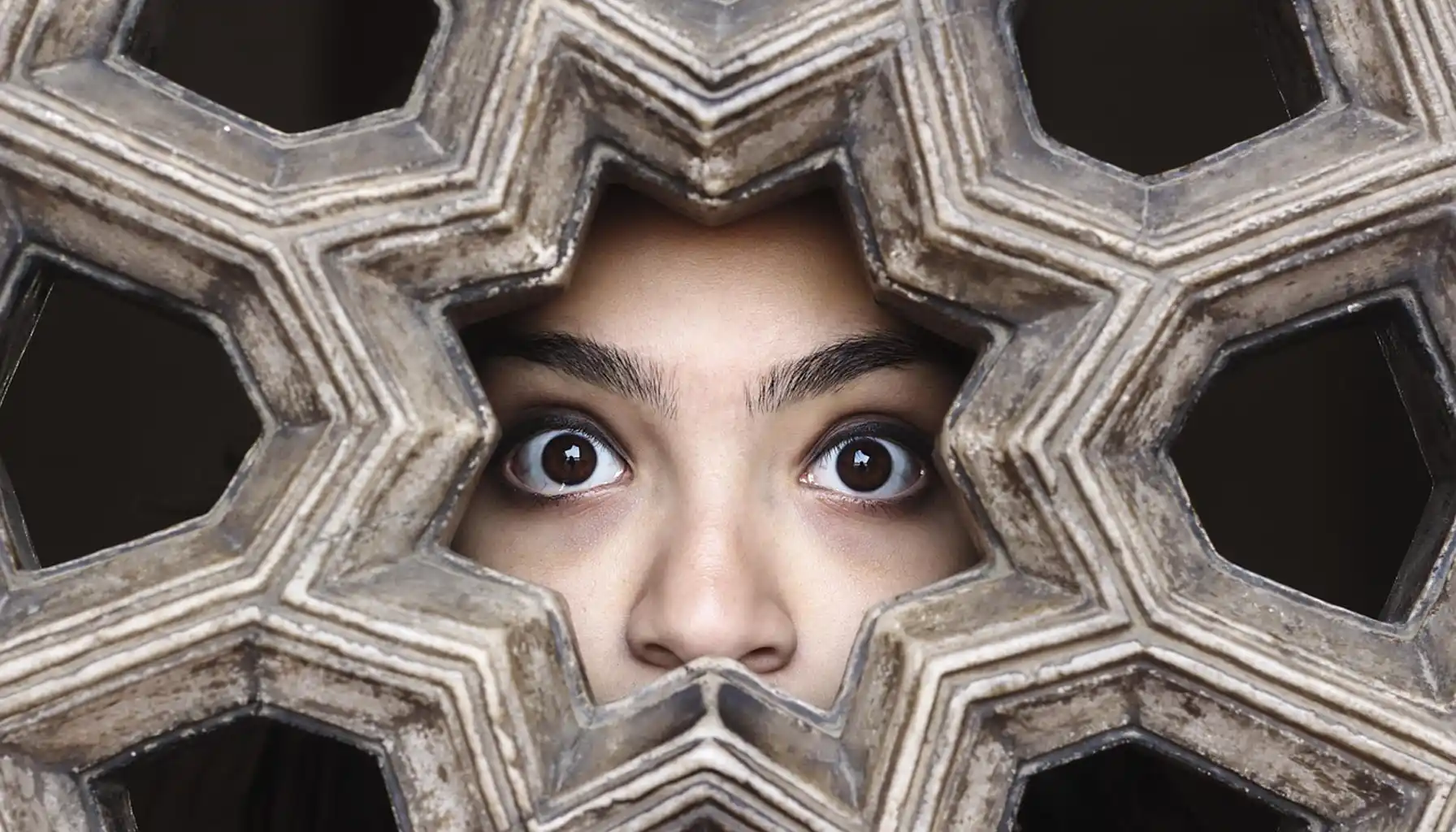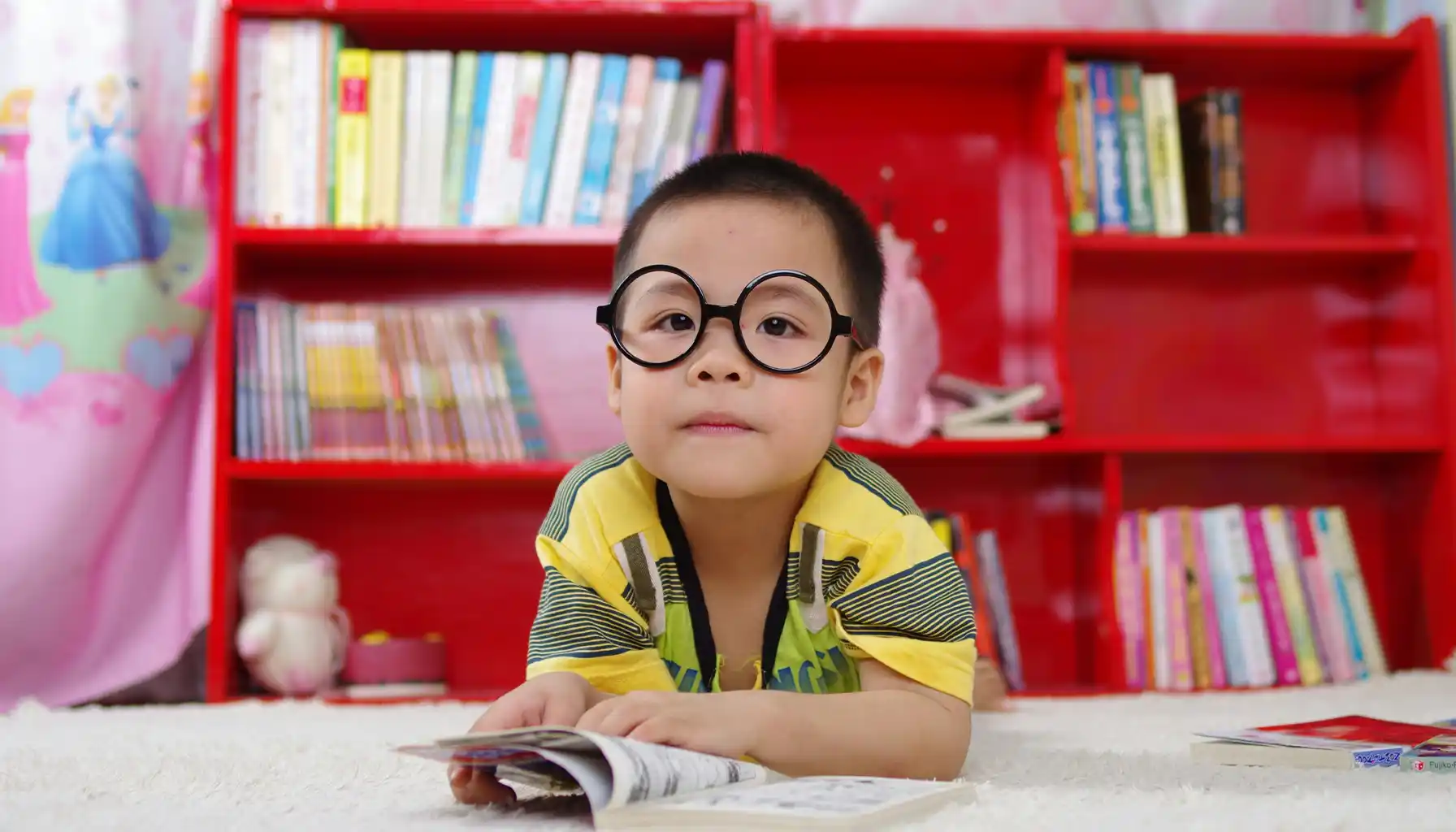Contents:
Costumes, candy, and spooky decorations: how most people see Halloween. But there are exceptions when the thought of October 31 brings real fear. It is known as samhainophobia: the fear of Halloween.
What is the fear of Halloween called? It’s Samhainophobia. It’s a recognized form of anxiety called a specific phobia, where certain sights, sounds, or situations tied to Halloween can trigger intense stress or panic. Even seeing pumpkins or store decorations can cause shaking, sweating, or an urge to avoid anything related to the holiday.
A lot of phobias occur partially because of irrational thinking patterns, and there are lots of ways you can fix them with different logical approaches. To prepare yourself to deal with it, you may download cognitive training games, which can boost your math skills, attention, logic, and memory.
What Is Samhainophobia?

What is the name for the fear of Halloween? Samhainophobia (pronounced sam-HI-noh-phobia) is the phobia of Halloween, a fear of the holiday itself or anything connected to it.
People with this condition may feel anxiety when they think about Halloween or see related imagery. It can be triggered by decorations, costumes, trick-or-treating, or even hearing about upcoming Halloween events.
Mental health professionals classify samhainophobia as a specific phobia disorder. That means the fear centers on one particular situation, in this case, Halloween, and leads to avoidance behaviors or distress that interfere with daily life.
There is nothing unique about this; there are a lot of pretty specific phobias like agoraphobia or astraphobia, all linked to past traumas and/or anxiety disorders.
Common triggers:
Halloween parties or haunted houses
Children dressed in costumes or masks
Scary symbols like ghosts, witches, spiders, or zombies
Trick-or-treating or walking outside in the dark
Horror movies and seasonal decorations in stores
Even though Halloween happens only once a year, its buildup starts weeks earlier, with store displays, TV commercials, and community events, so the fear can last for an extended period.
For children, it may show up as crying, clinging to parents, or refusing to participate in school events. Adults might avoid social gatherings, take time off work, or isolate themselves until the season ends.
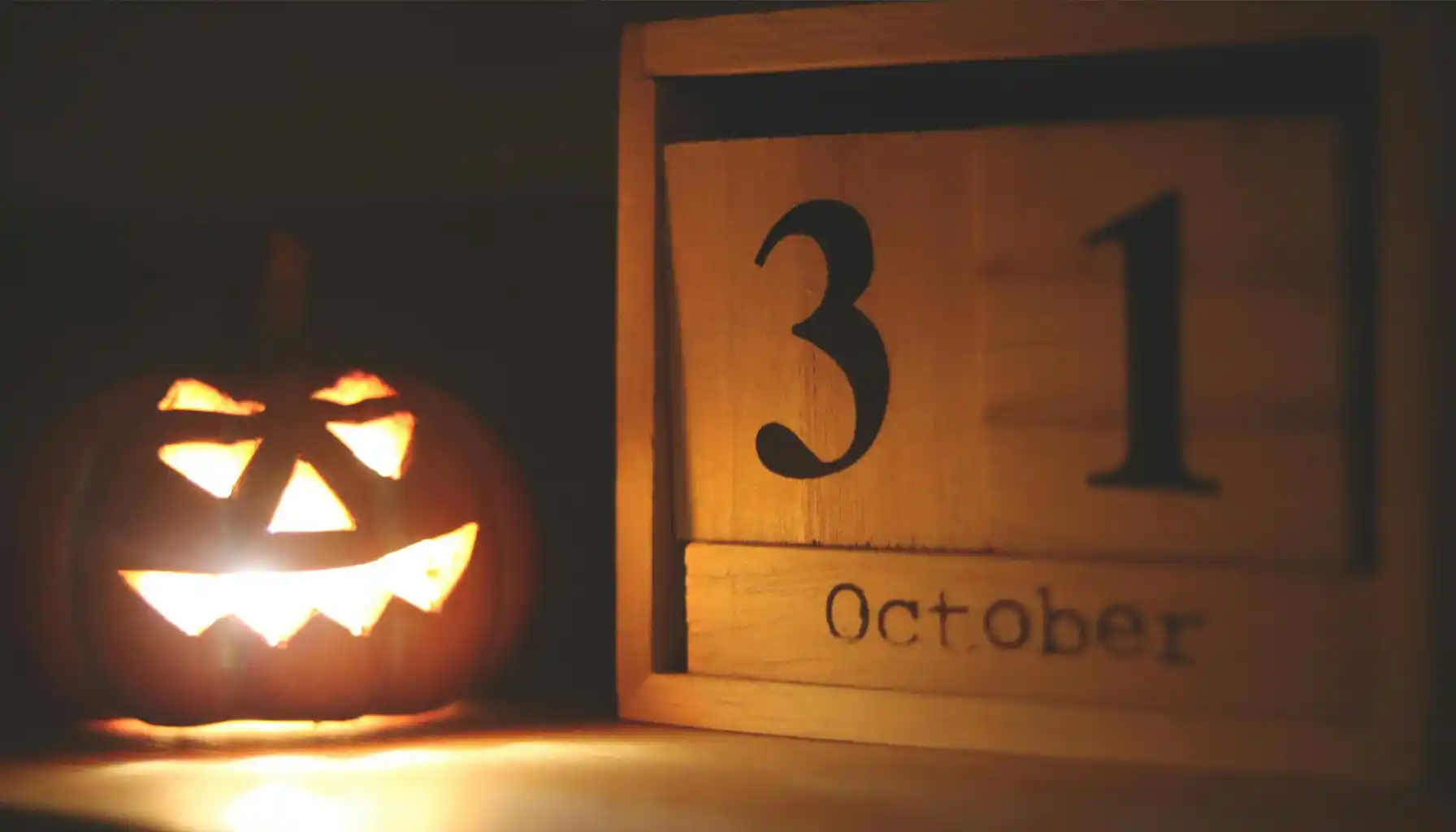
The Origin of the Word ‘Samhain’
What is Samhainophobia meaning? Well, Samhain is a Celtic festival celebrated over 2,000 years ago across what is now Ireland, the United Kingdom, and parts of France.
Samhain meant the end of the harvest season and the beginning of winter, a time linked with death and the spirit world. The Celts believed that on the night of October 31, the boundary between the living and the dead grew thin.
Spirits could wander freely, bringing blessings and mischief. To protect themselves, people built large bonfires, offered animal sacrifices, and wore costumes made from animal skins and heads to disguise their identities from wandering ghosts.
When Christianity spread through Europe, many Samhain traditions merged with new religious observances, eventually evolving into All Hallows’ Eve, and later, Halloween. The holiday’s modern symbols: ghosts, skeletons, witches, carved pumpkins, trace back to these ancient beliefs about death and the supernatural.
Symptoms of Samhainophobia
Common Physical Symptoms | - Rapid heartbeat or shortness of breath - Trembling or shaking - Sweating - Dizziness or lightheadedness - Nausea or upset stomach - Pale skin - Chest tightness or a choking sensation |
Emotional and Behavioral Signs | - Overwhelming fear when seeing Halloween decorations or costumes - Avoidance of stores, events, or neighborhoods decorated for Halloween - Intense anxiety leading up to October 31 - Trouble focusing at school or work during the season - Irritability, restlessness, or panic attacks |
In Children, the Fear May Show Differently | - Cry or scream when seeing costumes or masks - Refuse to go outside after dark - Avoid school or parties with Halloween themes - Cling to parents or hide in safe spaces |
Causes and Risk Factors

There isn’t a single cause behind samhainophobia, but several factors can make a person more likely to develop a fear of Halloween phobia.
1. Traumatic Experiences
A frightening memory tied to Halloween can leave a lasting imprint. Maybe a child got lost while trick-or-treating, or someone jumped out in a haunted house.
2. Family History and Genetics
Phobias and anxiety disorders can run in families. If a parent or close relative has a strong fear or tends to be anxious, their reactions can shape how a child learns to respond to similar events.
3. Learned Behavior
Watching someone else panic around Halloween, or hearing constant warnings about scary costumes or “evil” imagery. can lead to modeling that fear. Children, especially, may adopt these reactions from adults they trust.
4. Related Phobias
Samhainophobia connects with other fears, like:
Arachnophobia: fear of spiders
Coulrophobia: fear of clowns
Nyctophobia: fear of the dark
Phasmophobia: fear of ghosts
Wiccaphobia: fear of witchcraft
Hemophobia: fear of blood
5. Personality and Mental Health
People who already live with anxiety (which can happen as a genetic predisposition), panic disorder, or post-traumatic stress disorder (PTSD) are more vulnerable. Even hearing loud noises or seeing horror imagery might activate the body’s fight-or-flight response.
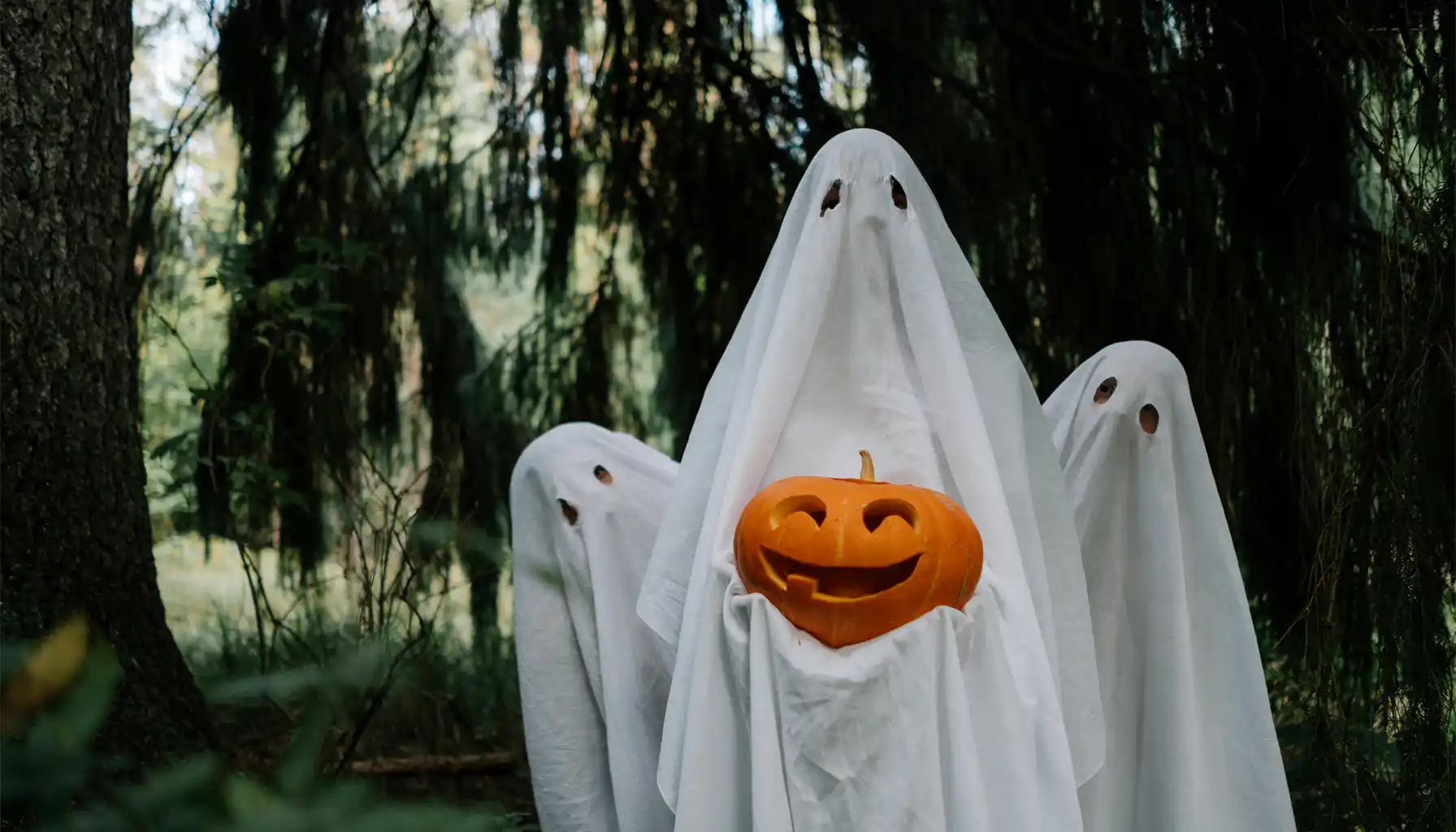
Treatments for Samhainophobia
1. Exposure Therapy
This is one of the most effective methods for specific phobias. A therapist guides you through safe exposure to what frightens you:
First, learning relaxation or breathing techniques
Then, looking at harmless images: pumpkins, decorations, or friendly costumes
Later, visiting a store with Halloween items
Eventually, attending a small event or party with support
2. Cognitive Behavioral Therapy (CBT)
CBT helps you identify anxious thoughts (“Halloween is dangerous”) and replace them with realistic ones (“These are just costumes and decorations”). Over time, thinking patterns shift and fear lessens.
3. Relaxation Techniques
Practices like deep breathing, mindfulness, or progressive muscle relaxation can calm physical symptoms. A simple technique: inhale for three seconds, exhale for six.
4. Hypnotherapy
Some therapists use hypnosis to uncover the source of fear and reframe emotional responses. It’s combined with CBT or exposure therapy.
5. Medication
For severe anxiety, short-term use of anti-anxiety medication or beta blockers may help during the Halloween season. These are typically used alongside therapy.
When to See a Mental Health Professional
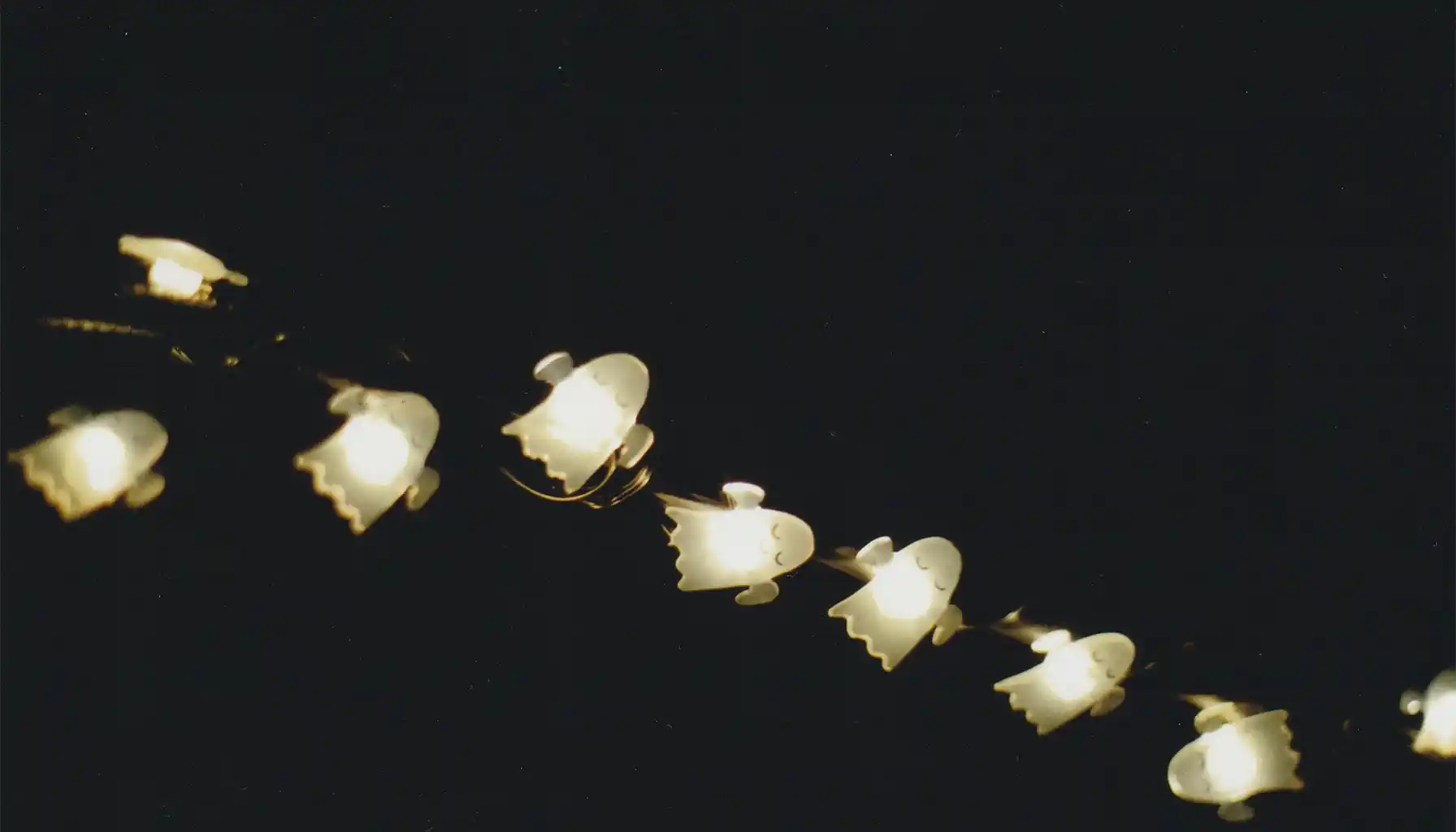
You avoid stores, social gatherings, or schools during October
The thought of Halloween triggers panic attacks or insomnia
You experience constant dread weeks before the holiday
Your child refuses to go to school or becomes extremely upset around costumes or decorations
Anxiety about Halloween affects work, relationships, and overall happiness
A mental health professional can confirm if it’s samhainophobia or another anxiety condition and build a personalized treatment plan. They may recommend therapy, relaxation strategies, or short-term medication support.
Final Thoughts
If Halloween fills you with dread, you’re not alone. Reach out to a mental health professional and start building a plan that helps you feel safe and steady, no matter what’s lurking in the front yard this year.
FAQs
What is the fear of Halloween called?
The fear of Halloween is called Samhainophobia. It’s a type of specific phobia where anything related to Halloween: costumes, decorations, haunted houses, can cause anxiety or panic.
What is Samhainophobia?
Samhainophobia is a strong, irrational fear of Halloween. People with this condition may avoid Halloween events, decorations, or even stepping outside during the season because of overwhelming fear.
Can it go away?
Yes. With therapy, especially exposure therapy and cognitive behavioral therapy, most people see major improvement. Learning coping tools like deep breathing and gradual exposure can also help ease symptoms.
What causes a phobia of Halloween?
It can stem from traumatic experiences, family history of anxiety, or learned fear. Seeing frightening imagery too young, or having related phobias (like fear of the dark or ghosts), can also contribute.
Is Samhainophobia treatable?
Absolutely. Most people find success with therapy, relaxation techniques, and sometimes medication. The key is acknowledging the fear and seeking help early.
Related Mind Elevate Posts


